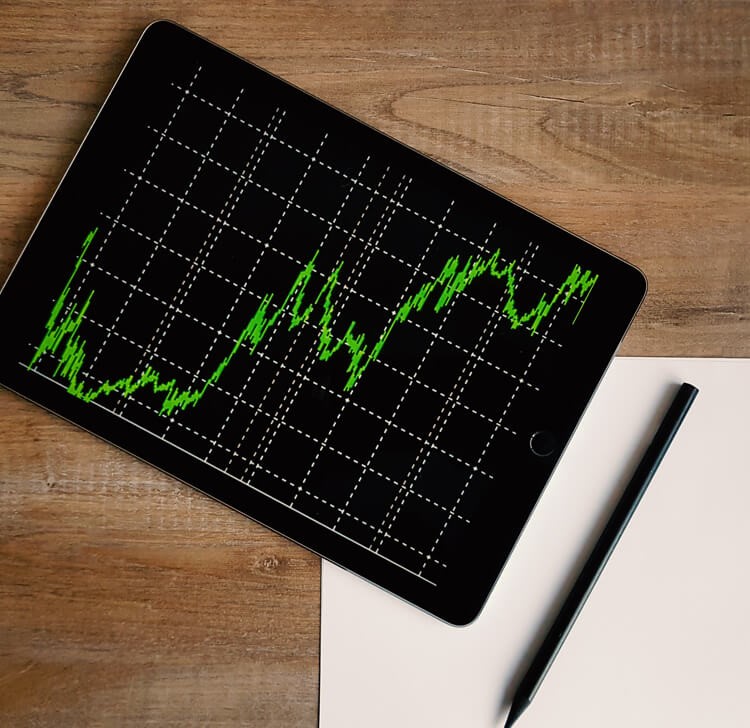Global Behavioural Fund Quarterly Feedback – is growth scare anymore?

Related links
No related linksArticle highlights
- The majority of the portfolio’s contributions were from recovering value stocks
- 2021 will be a year of unwinding of anxiety and a year of surprize as businesses adapt
- You need to keep exposure in the recovery camp
Jeremy Lang is a Portfolio Manager at Ardevora Asset management, the managers of the Nedgroup Investments Global Behavioural Fund. Jeremy provides insight into their unique investment process and provides an overview of the Fund’s performance.
The Ardevora investment process
Our investment process aims to exploit human behaviour. We have a fundamental bottom-up investment approach and consider risk before reward. We look first at the behaviour of CEOs, the risks they may be taking and whether they are behaving responsibly. Our stock picking is based on an understanding of human behaviour. We look at the same fundamental information as other investors, but interpret it differently. We are interested in the conditions which lead people to make mistakes. CEOs are prone to overconfidence, are mostly untrustworthy and can set overambitious plans for their business. Sell-side analysts can react slowly to new information and underestimate change and difference while buy-side investors can be anxious at the wrong time. Our investment process is also designed to help us deal with our own errors as we are prone to the same irrational biases as everyone else. Performance in the portfolio is driven by a large number of small wins across different stock types. Our focus on responsible behaviour means we tend to avoid the largest drawdowns. We tend to outperform rising markets and go down less than falling markets. We usually underperform when there is sudden change in market sentiment, including a risk-on-rally, a flight to safety, which benefits mega-cap stocks, and a rally in financials where we are underweight.
We combine CEO, analyst and investor behaviour to identify two types of opportunity. We look for responsibly managed businesses that are subject to mistakes from analysts or investors. We look for conditions of unusually easy growth where CEOs can grow the business without taking too much risk, and analysts can underestimate the extent or duration of the growth. The other is recovering value where a CEO has a credible plan to get the business out of trouble, but investor anxiety persists. From the bottom-up, the portfolio can tilt towards growth and value depending on the opportunity set.
Fund Performance
Q1 was an example of the sorts of conditions where we struggle to keep up and did not get the mix of recovery and growth stocks right. Our exposure to growth and value in the portfolio is driven by what we see when we’re picking stocks and how easy it is to find them. Since about 2012, it’s been easier to find businesses with credible growth plans than businesses with credible recovery plans. As a result, we’ve had a bit of a growth bias in the portfolio. During 2020 and the pandemic, the environment shifted, which allowed a lot of CEOs to undertake some radical restructuring plans and made it easier for value type stocks to do well. We recognised that, which helped us in Q4. What we’re seeing in Q1 is that we still haven’t got the mix right. This was as a result of hanging on to a few too many of our growth stocks where we still like the management behaviour and outlook, but it swamped the power of those recovery plans. Q1 was the first time since the recovery really started to take hold that we’re seeing this proper rotation. Last year a lot of growth names did just as well as our recovery names. In Q1, they started to go in opposite directions. It was exaggerated by some of the sectors in the market that we have a risk-averse view to, e.g. financials and energy. A lot of the recovery was in these two areas.
The majority of the portfolio’s contributions were from recovering value stocks that we bought last year as we grappled with the shift in environment. We bought quite a few businesses that had had a tough time outside of their control, which they responded to and were able to rebuild some of the lost ground and that this was sustainable. We were interested in businesses tied to the construction cycle, especially those that benefitted from the recovery, e.g. United Rentals. Detractors for the quarter were mainly easy growth stocks. We had to sell several stocks that have done well for us, but that weren’t helping us to get a better mix of recovery and growth stocks.
2021 outlook
We think this will be a tricky year even though we have vaccines. The ability for countries to vaccinate enough people quickly enough to allow us to get back to normal will be limited. This year is still one of recovery and won’t be smooth. A recovery tends to drive stock markets and is why we see 2021 as a year of unwinding of anxiety and a year of surprize as businesses adapt. You need to keep exposure in the recovery camp even though there is plenty of secular growth opportunity as well.

For a better experience of the Nedgroup Investments website, please try the latest version of these browsers





